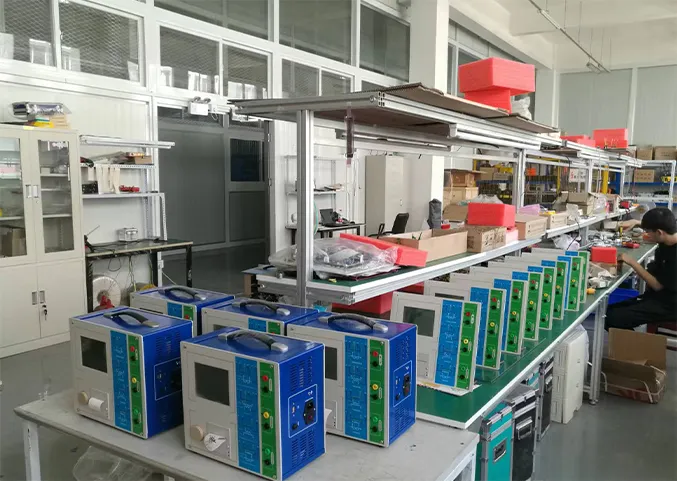 English
English


determination of oil and grease
Determination of Oil and Grease A Critical Environmental Analysis
The presence of oil and grease in water bodies is a significant environmental concern, given its detrimental effects on aquatic ecosystems and human health. Oil and grease originate from various sources, including industrial discharges, urban runoff, and accidental spills. Their presence can lead to oxygen depletion in water, harm aquatic life, and contaminate drinking water supplies. Therefore, the determination of oil and grease in water samples is crucial for environmental monitoring and regulation.
The measurement of oil and grease is typically performed using a few standard methods. Among the most commonly used techniques are the extraction methods—where samples are treated with solvents that dissolve oil and grease compounds, followed by quantification. One widely recognized method is the EPA Method 1664, which utilizes hexane as a solvent to extract oil and grease from water samples. The extracted compounds are then analyzed, often using gravimetric or chromatographic techniques to determine their concentration.
The gravimetric method involves collecting the extracted oil and grease on a pre-weighed filter paper or container, drying it, and then weighing the residue to calculate the concentration in the original sample. This approach, while straightforward, can sometimes lead to inaccuracies if the extraction process is not carefully controlled. Additionally, it may not differentiate between various types of hydrocarbons present, which can be essential for identifying pollution sources.
In contrast, gas chromatography (GC) and high-performance liquid chromatography (HPLC) provide more detailed profiles of the oil and grease present in water samples. These methods can separate and quantify individual compounds, allowing for a better understanding of the composition and potential sources of the contamination. This is particularly beneficial for regulatory agencies and environmental scientists focused on remediation efforts.
determination of oil and grease

The regulatory framework governing oil and grease concentrations in water bodies is stringent. The United States Environmental Protection Agency (EPA) has established Maximum Contaminant Levels (MCLs), making it essential for industries and municipalities to monitor their effluents and ensure compliance. Regular testing not only helps prevent environmental damage but also promotes sustainable practices.
Moreover, the determination of oil and grease serves as an indicator of overall water quality. High levels of oil and grease can signal other pollutants' presence, such as heavy metals or toxic compounds, thus providing a broader understanding of environmental health. By incorporating oil and grease measurements into routine water quality assessments, ecosystem managers can better protect aquatic habitats and human health.
In addition to regulatory compliance, understanding the oil and grease concentration is vital for industries that rely on water resources. For instance, sectors such as petroleum, food processing, and hospitality must implement effective waste treatment practices to minimize their environmental footprint. Investment in advanced treatment systems can help reduce the levels of oil and grease in wastewater, promoting a more sustainable approach to industrial operations.
In conclusion, the determination of oil and grease in water is a crucial aspect of environmental monitoring. By employing various analytical techniques and adhering to regulatory standards, we can protect aquatic ecosystems and ensure safe drinking water. Continuous research and development in this area will enhance our ability to address pollution challenges and safeguard our natural resources for future generations.
-
Differences between open cup flash point tester and closed cup flash point testerNewsOct.31,2024
-
The Reliable Load Tap ChangerNewsOct.23,2024
-
The Essential Guide to Hipot TestersNewsOct.23,2024
-
The Digital Insulation TesterNewsOct.23,2024
-
The Best Earth Loop Impedance Tester for SaleNewsOct.23,2024
-
Tan Delta Tester--The Essential Tool for Electrical Insulation TestingNewsOct.23,2024





